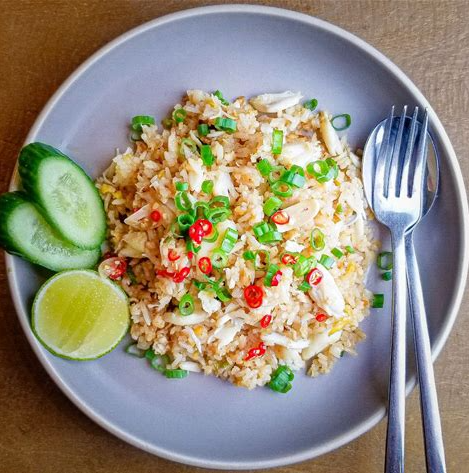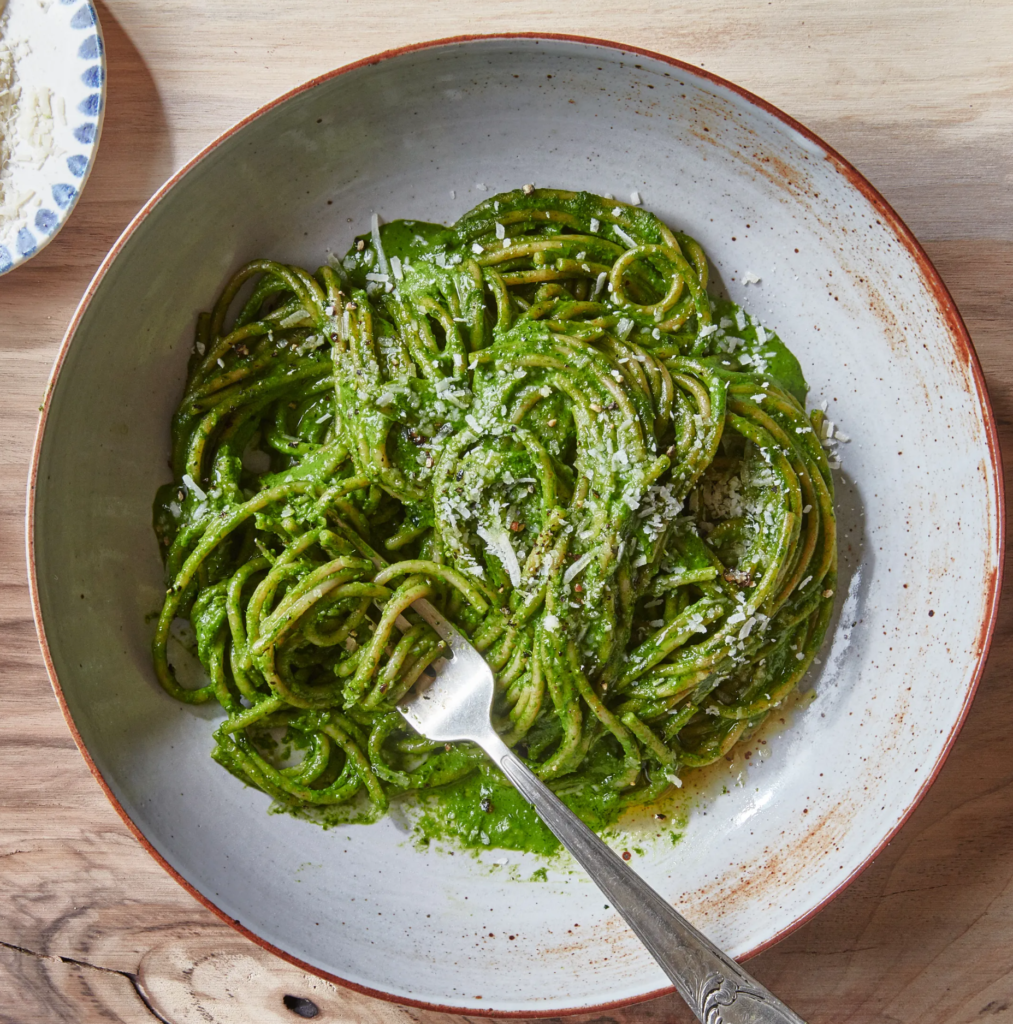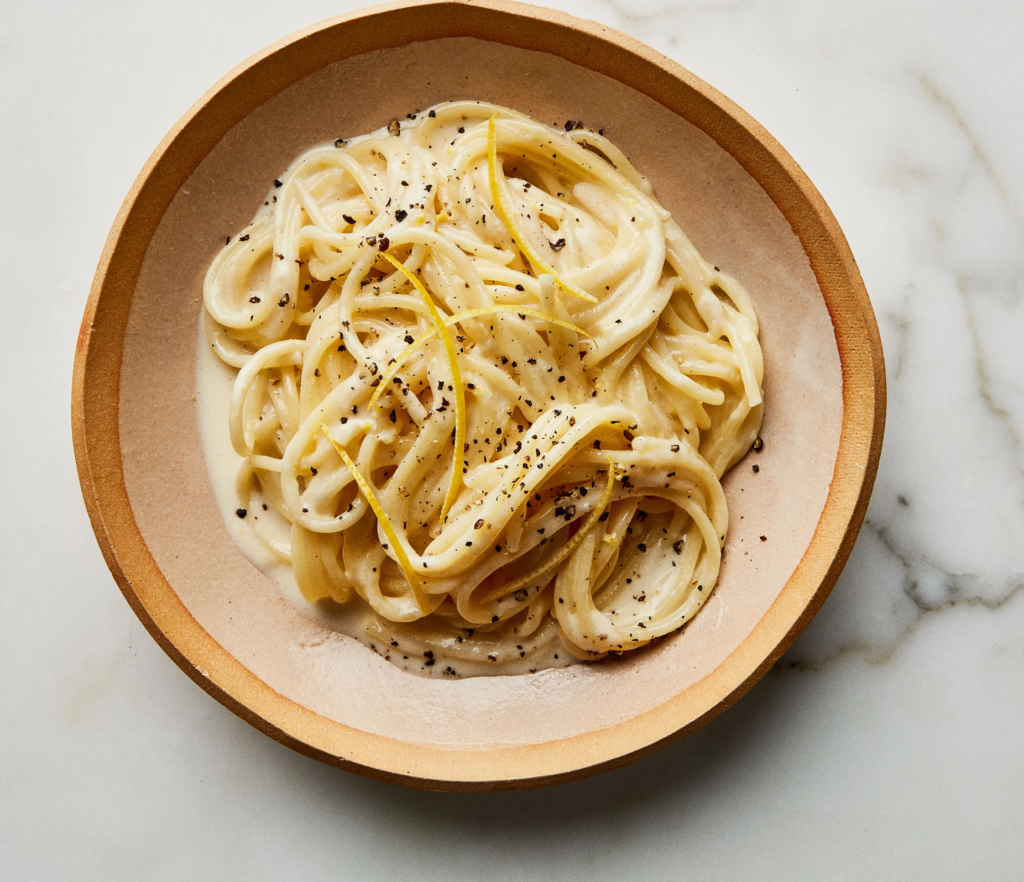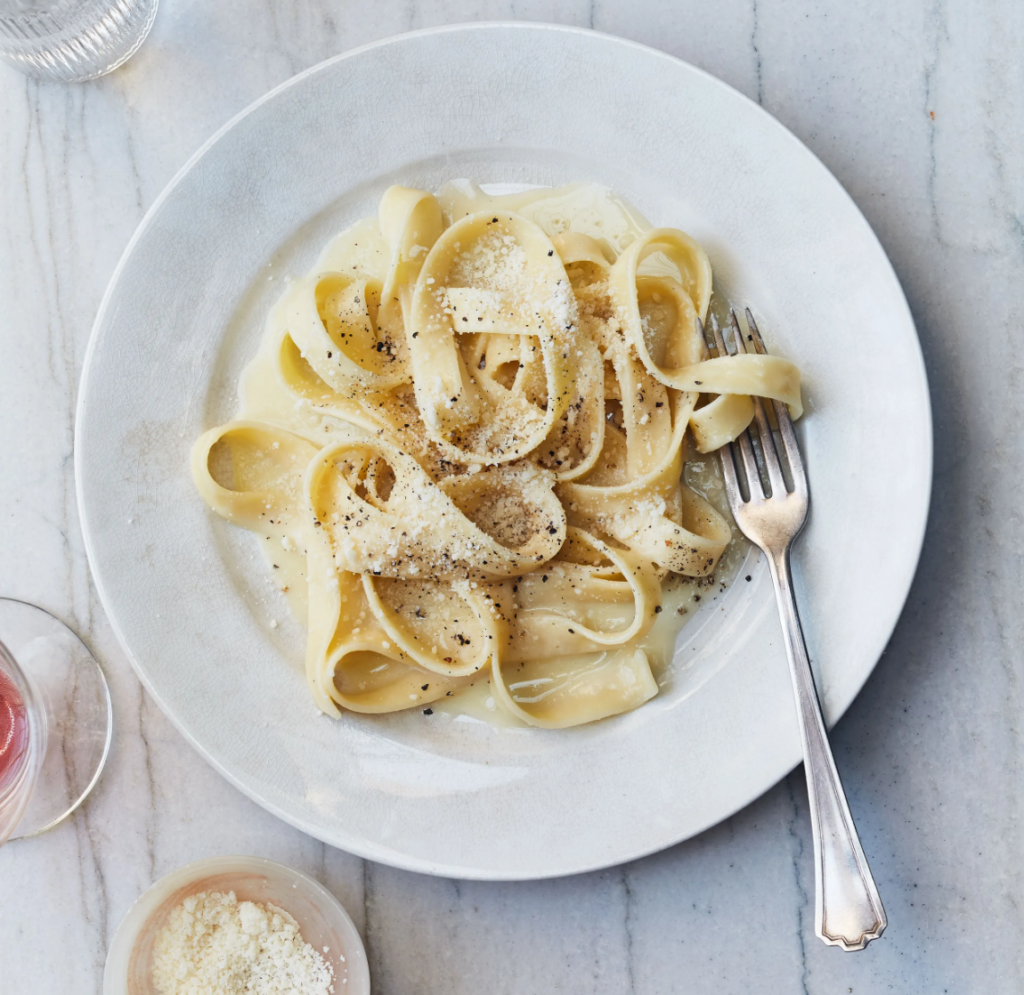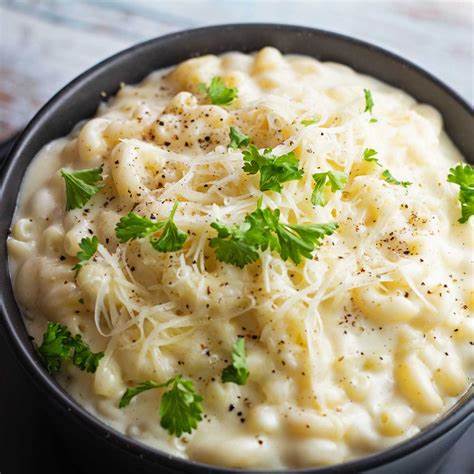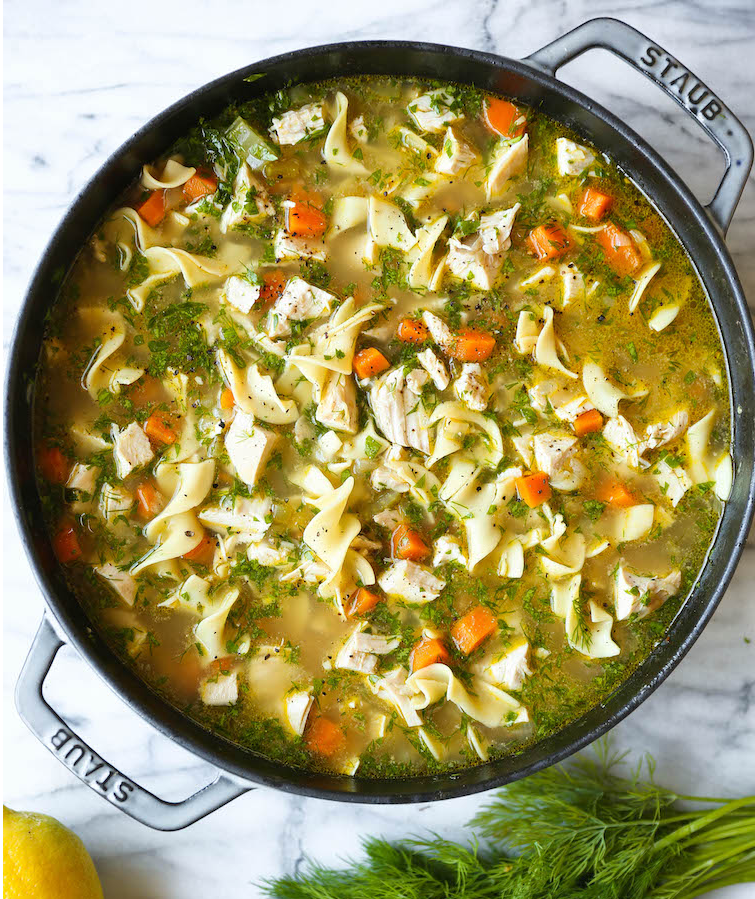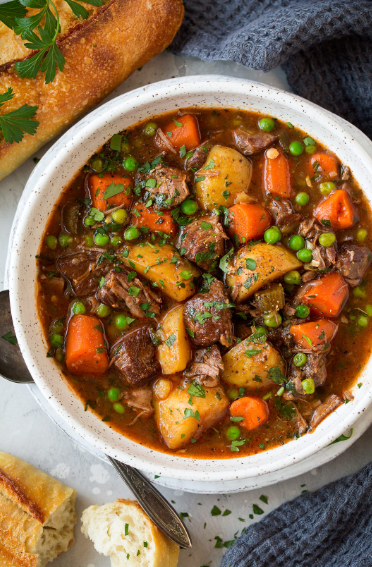Gluten Free Banana Bread
Created on 5/28/2024
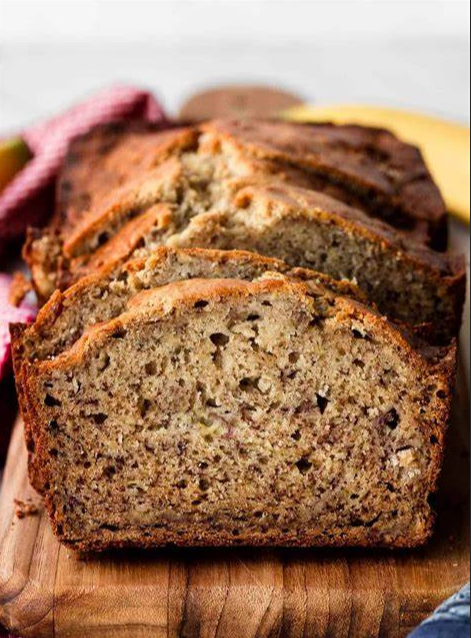
Ingredients:
- 2 cups gluten-free all-purpose baking flour (without xanthan gum)
- 1 teaspoon baking soda
- 1/4 teaspoon salt
- 4 large eggs, room temperature
- 2 cups mashed ripe bananas (4-5 medium)
- 1 cup sugar
- 1/2 cup unsweetened applesauce
- 1/3 cup canola oil
- 1 teaspoon vanilla extract
- 1/2 cup chopped walnuts
Instructions:
Step One: Preheat the oven to 350°F. In a large bowl, whisk together the flour, baking soda and salt
Step Two: In a small bowl, whisk together the eggs, bananas, sugar, applesauce, oil and vanilla
Step Three: Stir the wet ingredients into the dry ingredients just until moistened
Step Four: Pour the batter into two greased 8×4-inch loaf pans. Sprinkle the tops of each with the walnuts
Step Five: Bake until a toothpick inserted in the center comes out clean, 45 to 55 minutes. Cool the loaves in their pans for 10 minutes. Remove the loaves from the pans and put them on wire racks. Let them cool completely to room temperature
Story: I recently made a promise to myself to always have at least one baked good in our dessert display. I’ve been making this recipe for Drew on repeat and only crumbs remain after a couple days!

